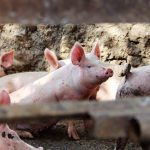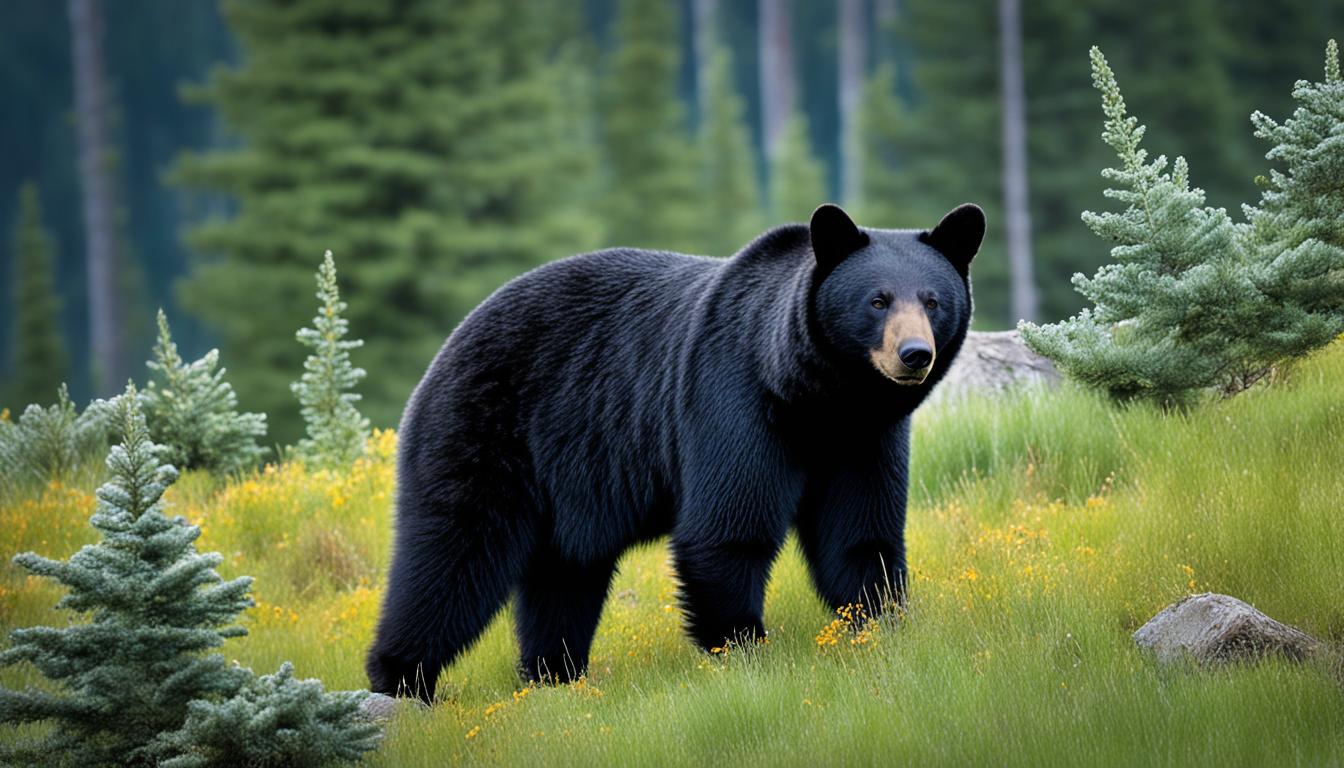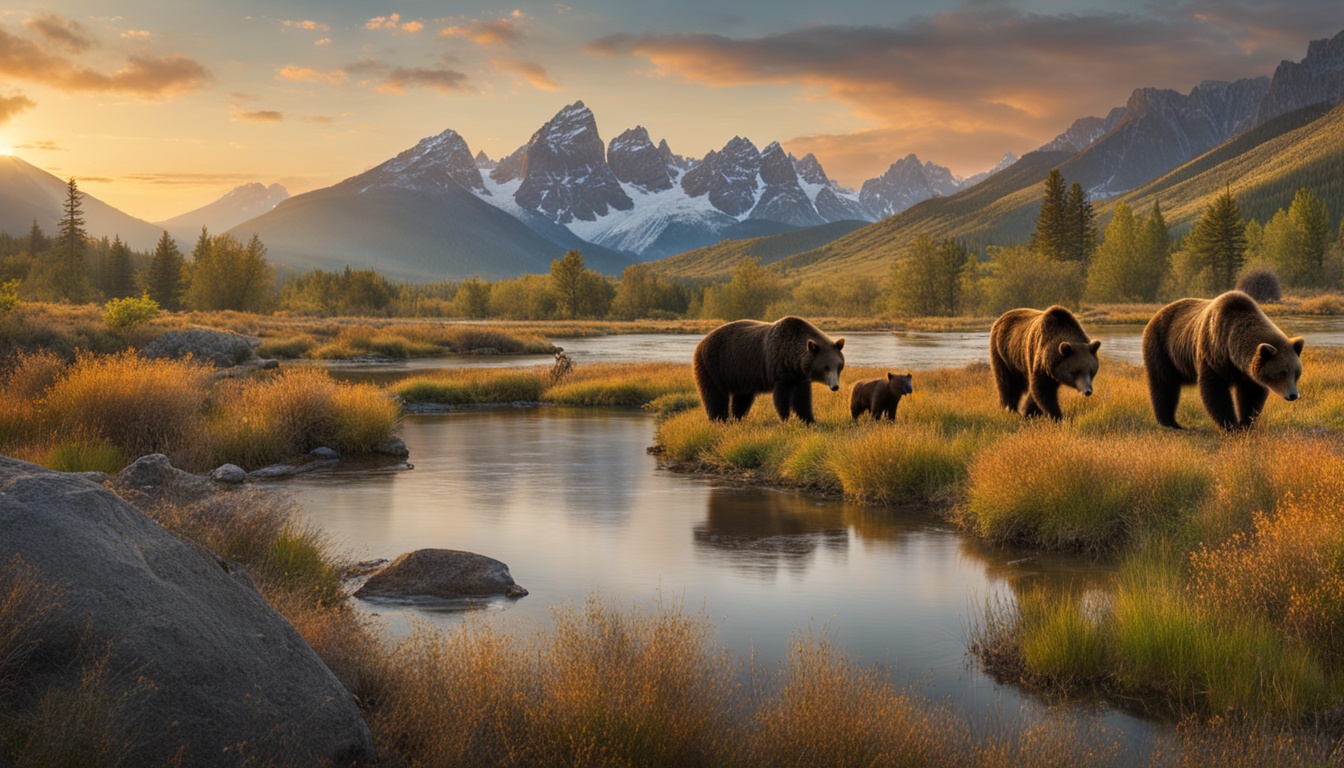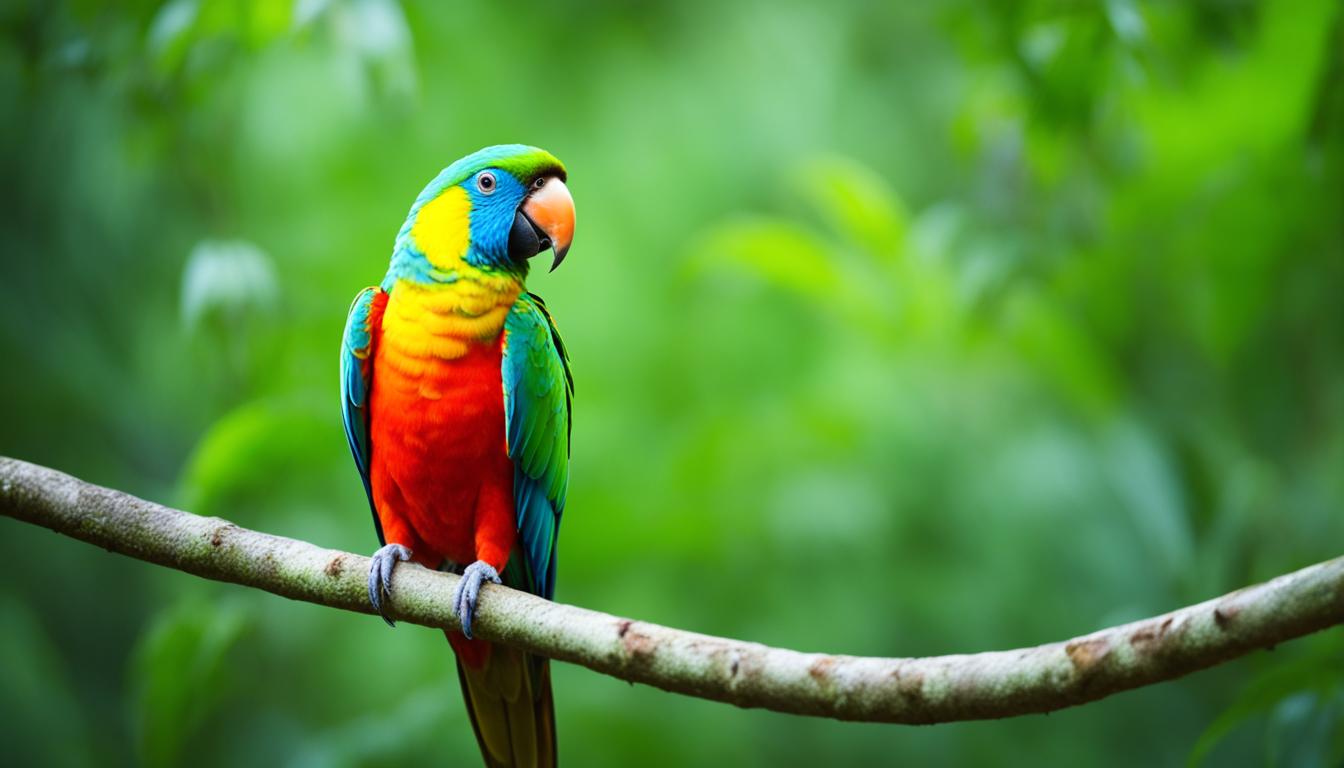Yaks are fascinating animals that have long been an integral part of the culture and lifestyle of the people of Tibet and the Himalayan region. They are known for their shaggy coats, which help them to survive in the harsh mountainous terrain, as well as their gentle demeanor and ability to carry heavy loads.

Yaks are also interesting creatures in terms of their biology and behavior. For example, did you know that yaks are actually a type of wild ox? They are closely related to domestic cattle, but have evolved to survive in much colder, higher-altitude environments. Additionally, yaks are known for their distinctive grunting and snorting vocalizations, which they use to communicate with one another. Finally, yaks are capable of carrying loads of up to 200 pounds, making them an essential part of the transportation infrastructure in many remote regions of the world.
Yaks: An Overview
Yaks are large, long-haired bovines that are native to the Himalayan region of the Indian subcontinent. They are well adapted to living in high-altitude environments, where the air is thin and the temperatures are cold. Yaks are closely related to domestic cattle, but they have several unique characteristics that set them apart.
One of the most distinctive features of yaks is their long, shaggy hair, which helps to keep them warm in cold weather. They also have large, curved horns that can grow up to three feet long, and a hump on their shoulders that stores fat, which they can use for energy when food is scarce.
Yaks are herbivores, and their diet consists mainly of grasses, herbs, and shrubs. They are also used as pack animals by the people who live in the Himalayan region, and they can carry heavy loads over long distances. Yaks are an important part of the local economy, and they are highly valued for their meat, milk, and wool.
Here are a few more interesting facts about yaks:
- Yaks have a unique digestive system that allows them to extract nutrients from tough, fibrous plants that other animals can’t digest.
- Female yaks give birth to a single calf every other year, and the mother will find a secluded spot to give birth. Once born, the calf is able to walk within about ten minutes and the pair will rejoin the herd.
- Yaks have been domesticated for thousands of years, and they play an important role in the culture and traditions of the people who live in the Himalayan region.
Origin and History of Yaks

Early Domestication
Yaks are a species of bovine that are native to the Himalayan region of Central Asia. They have been domesticated for over 5,000 years by the Qiang people, who lived along the Tibetan Plateau borderlands National Geographic Expeditions. Domesticated yaks were used for transportation of goods, meat, milk, and wool. The wild yak (Bosmutus) and the domestic yak (Bosgrunniens) are the two main species of yaks WorldAtlas.
Cultural Significance
Yaks have played an important role in the culture and traditions of the people of the Himalayan region. They are considered to be a symbol of wealth and prosperity. The yak’s long, shaggy hair is used to make clothing, blankets, and tents, while their milk is used to make butter, cheese, and yogurt. In addition, the yak is also used in religious ceremonies and festivals. For example, the annual Yak Dance Festival in Sikkim, India, is a celebration of the yak’s importance to the region’s culture OneKindPlanet Animal Education.
Overall, yaks have been an integral part of the Himalayan region’s culture and history for thousands of years. Their domestication and use for transportation and agriculture, as well as their cultural significance, have made them an important part of the region’s identity.
Physical Characteristics of Yaks

Yaks are robust cattle with a bulky frame, short but thick legs, and rounded cloven hooves that are splayed to help them walk in snow. Their most distinctive feature is an extremely dense, shaggy long coat that, in some individuals, hangs down to the ground.
Body Structure
Yaks are the largest native animal in their range, with wild yak adults standing about 5.2 to 7.2 ft (1.6 to 2.2 m) tall at the shoulder and weigh 672-2,205 lb (305-1,000 kg). The length of the body and head alone is 8.2 to 11 ft (2.5 to 3.3 m), not counting the tail of 24 to 39 in (60 to 100 cm). Female wild yaks are significantly smaller and weigh around a third less than male bulls.
Coat and Colors
The yak’s coat is made up of long, coarse hair that can be black, brown, gray, or white. The hair is so thick that it insulates the animal from the cold and keeps it warm in the harsh mountainous terrain where it lives. Yaks have a broad forehead, relatively small ears, and distinctive humps over their shoulders. The humps are made up of muscle and fat and help the animal store energy for times when food is scarce.
In summary, yaks are large and robust animals with a distinctive shaggy coat that keeps them warm in cold mountainous terrain. Their humps help them store energy, and their cloven hooves help them walk in snow.
Yaks’ Adaptation to High Altitudes
Respiratory System
Yaks are known for their ability to survive in high altitudes where the air is thin and oxygen levels are low. One of the key adaptations that allows them to thrive in these conditions is their respiratory system. Yaks have larger lungs and more efficient breathing than most other mammals, which allows them to extract more oxygen from the air. They also have a greater lung capacity, which means they can take in more air with each breath. This adaptation allows yaks to live in areas where the air pressure is much lower than at sea level.
Thick Coat
Another adaptation that helps yaks survive in high altitudes is their thick coat. Yaks have a double-layered coat that consists of long, coarse outer hair and a soft undercoat. The outer hair protects them from the harsh winds and extreme cold, while the undercoat provides insulation to keep them warm. The undercoat is so effective at keeping yaks warm that they can withstand temperatures as low as -40 degrees Celsius. In addition to keeping them warm, the thick coat also protects yaks from the sun’s harmful rays, which are stronger at high altitudes.
Yaks’ adaptations to high altitudes allow them to thrive in some of the harshest environments on Earth. Their respiratory system and thick coat are just two of the many ways that yaks have evolved to survive in these extreme conditions.
Yaks in Agriculture
Yaks are an important part of agriculture in the Himalayan region. They are used for their milk and fiber production, as well as for transportation and plowing fields.
Milk Production
Yaks produce milk that is high in fat and protein, making it a valuable resource for people living in high-altitude regions. Yak milk is used to make butter, cheese, and yogurt. It is also a source of income for many families in the region.
Fiber Production
Yak fiber, also known as yak wool, is a valuable resource that is used to make clothing, blankets, and other textiles. Yak wool is softer and warmer than sheep’s wool, making it a popular choice for winter clothing. Yak fiber is also used to make ropes and tents.
In addition to milk and fiber production, yaks are used for transportation and plowing fields. They are able to carry heavy loads and navigate difficult terrain, making them an important resource for people living in the Himalayan region.
Overall, yaks play a vital role in the agriculture and economy of the Himalayan region.
Yaks and Biodiversity
Role in Ecosystem
Yaks play an important role in the Himalayan ecosystem. They are herbivores that graze on grasses and other vegetation, which helps to maintain the balance in the ecosystem. They also help to disperse seeds of plants they eat, which helps to promote plant growth and biodiversity. Yaks are also important prey for several predators in the region, including snow leopards and wolves.
Threats and Conservation
Yaks are considered a vulnerable species by the International Union for Conservation of Nature (IUCN). They face several threats, including habitat loss due to human activities such as mining and agriculture, competition with domestic livestock for grazing resources, and hunting for their meat and hides. Climate change is also a growing threat to yaks, as it affects the availability of food and water sources.
Several conservation efforts are underway to protect yaks and their habitat. In China, the government has established several nature reserves to protect yak populations. In India, the government has implemented programs to promote sustainable grazing practices and reduce conflicts between yaks and domestic livestock. Local communities are also involved in conservation efforts, such as establishing community-managed conservation areas and promoting ecotourism as an alternative source of income.
Overall, yaks play a crucial role in maintaining the biodiversity of the Himalayan region. Efforts to conserve this iconic species and its habitat are essential for the long-term health of the ecosystem and the communities that depend on it.
What Are Some Interesting Tidbits About Jaguars?
Jaguars are the largest feline in the Americas. They possess the strongest bite of all big cats and are excellent swimmers. In the animal kingdom, they are the third-largest cats, behind tigers and lions. These fun facts about jaguars make them a fascinating species to learn about.
Frequently Asked Questions
What do yaks eat?
Yaks are herbivores and primarily graze on grasses, herbs, and shrubs. They can also feed on lichens, mosses, and other vegetation found in high-altitude regions. During winter, when food is scarce, yaks can survive on snow and ice.
How many stomachs do yaks have?
Yaks, like other ruminants, have four stomach compartments: the rumen, reticulum, omasum, and abomasum. The rumen and reticulum are used for fermentation and regurgitation of food, while the omasum and abomasum are used for digestion and absorption of nutrients.
What is unique about yaks?
Yaks are well adapted to high-altitude living and can thrive in harsh environments where other animals cannot survive. They have long, shaggy hair that protects them from the cold and strong legs that allow them to navigate rugged terrain.
What are the special features of yaks?
Yaks have a number of unique features that make them well-suited to their environment. These include their large lungs and heart, which help them to cope with thin air at high altitudes, and their broad, flat hooves, which provide good traction on rocky terrain.
Do yaks have teeth?
Yes, yaks have teeth. They have a set of incisors at the front of their mouths, which they use to bite off vegetation, and a set of molars at the back, which they use to grind their food.
Are yaks endangered?
According to the International Union for Conservation of Nature (IUCN), yaks are classified as a “vulnerable” species. This is due in part to habitat loss and overgrazing by domestic yak herds, as well as hunting and competition with other grazing animals. Efforts are being made to conserve wild yak populations and protect their habitat.










